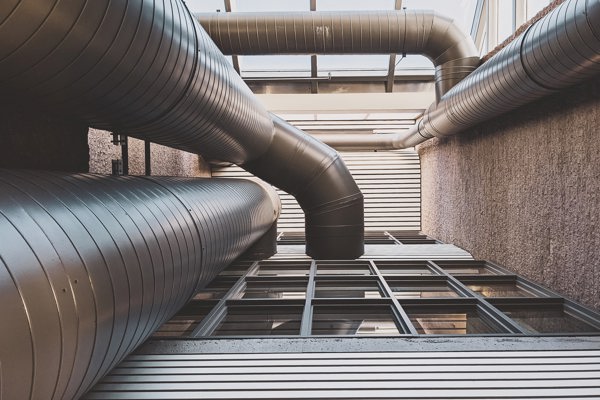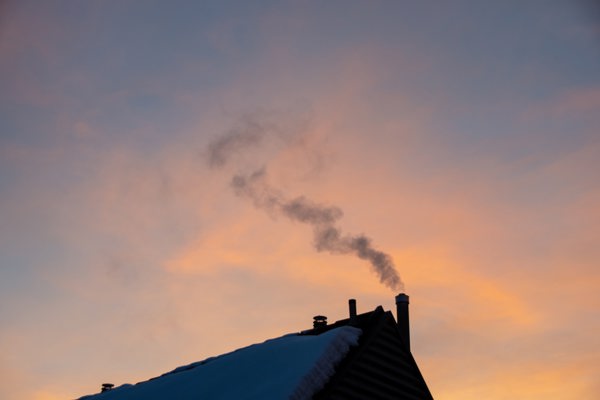According to recent data, nearly two thirds of homes in the UK fail to meet long term targets to be energy efficient. Our homes put more carbon into the environment than necessary. The UK recently passed legislation which requires that the country has net zero carbon emissions by 2050. Unless we prioritise having energy efficient materials in our buildings, this target will not be met.
Considering that around 80% of homes that people will live in by 2050 will have already been built, the focus should be on finding ways to improve energy in our homes. Buildings have a significant amount of carbon embodied in them, which would be lost through demolition. After losing this embodied carbon, carbon is then further emitted through the creation of the new building.
The production of steel, cement, bricks, transportation and construction of the building contribute significantly towards carbon emissions. It would take decades for new builds to save more emissions than they created during production. If we refurbish older buildings, this maximises embodied carbon whilst improving energy efficiency. If carbon emissions are to be reduced, we have to rely on the buildings we currently have instead of demolishing older, energy hungry buildings.
Sustainable materials and well insulated properties are key to fighting the climate crisis. The UK has some of most poorly insulated buildings in Europe. Energy in buildings account for approximately 23% of carbon emissions in Scotland and energy in homes account for 14% of UK carbon emissions.
It is clear that energy needs to be reduced by using eco-friendly materials to help the environment. Poorly insulated buildings cannot retain heat well, heat is lost through windows, doors and lofts, using up more energy to be able to heat the building. This wasted energy emits more carbon into the atmosphere. If homes are not insulated, a quarter of the heat can be lost through the roof. Floor insulation is important especially in flats and older buildings as prevents loss of heat through the floor. Materials such as wood wool, cotton or cork insulation are a sustainable way of insulating buildings. Well insulated buildings reduce carbon emissions and bring down heat and electricity bills. Installing double glazing and insulating doors will also reduce the energy used in the house.
Further ways of reducing energy consumption are adding solar panels to roofs, replacing boilers with heat pumps and use energy efficient light bulbs. By refurbishing our homes with sustainable and energy efficient materials, we can help the UK meet its 2050 target.
This article was co-written by Lydia Dunmore, Trainee Solicitor.

